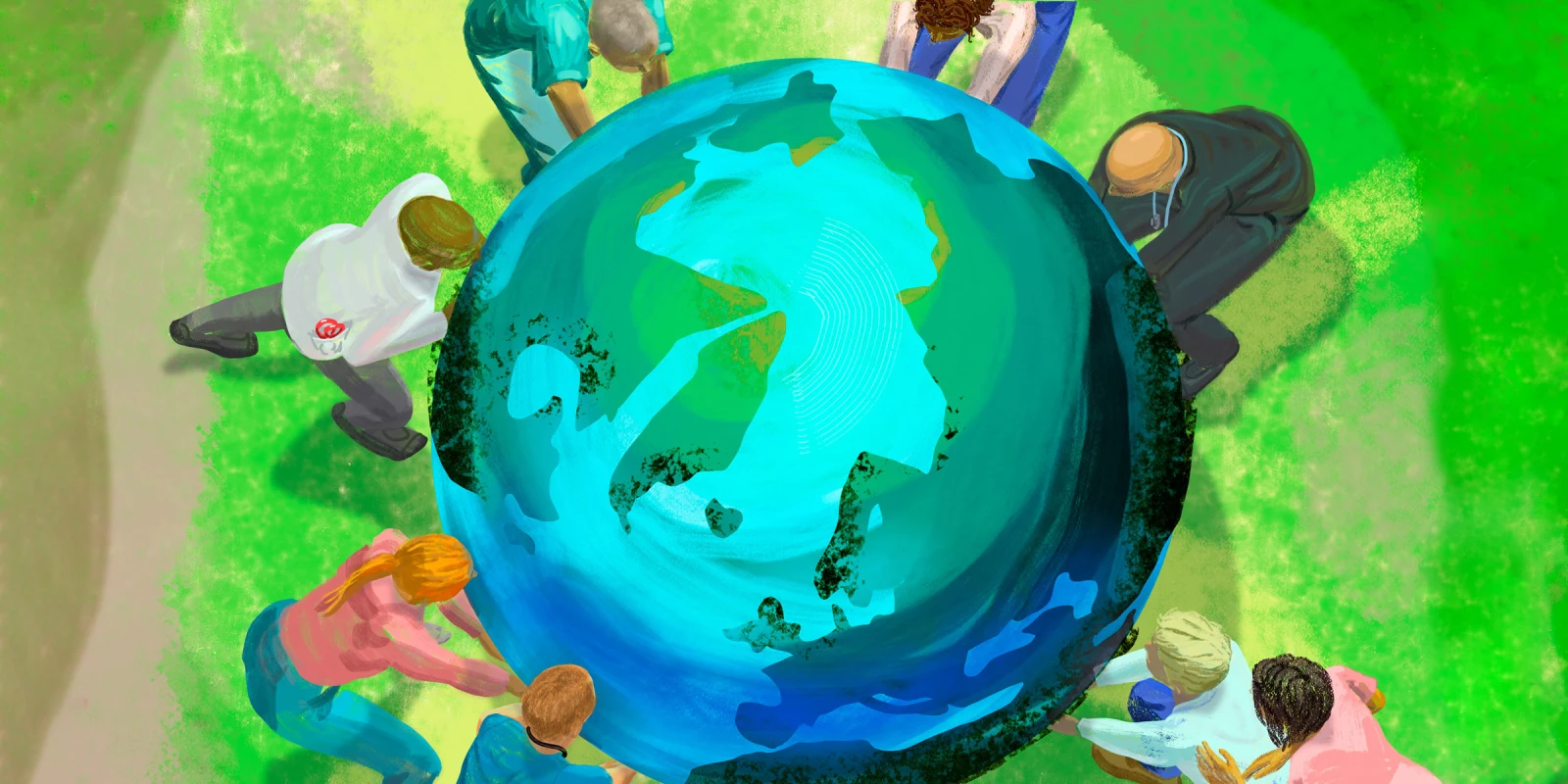"There aren't enough salmon this year.”
I had just finished examining a patient’s ear during an urgent care visit when his mother spoke up, seemingly out of nowhere. She was gazing out of the exam room window.
“I remember how special it was to learn how to clean, fillet, and smoke salmon when I first came to Bethel,” I replied. “I’ve had other families and friends share that they aren’t spending as much time at fish camp because of catch limits this year.”
Her nod in response was somber. After a long and silent pause, I shared that her son had a bacterial ear infection and we discussed treatment with antibiotics.
After the second year in a row of low salmon runs, Alaska’s Department of Fish and Game imposed a moratorium on fishing for King and Chum salmon in the Yukon River, which runs 2,000 miles from the Bering Sea to Canada’s Yukon Territory. Yupik Indigenous communities live along the Yukon, including in Bethel, a small city village located in the Yukon Kuskokwim Delta. The moratorium significantly affected food security for my patient and his mother, and for many other Yupik families who have a cultural and traditional reliance on subsistence living.
There’s more salmon in the ocean than there’s been in at least 100 years, and yet fish species of local importance are declining. Experts report that salmon seem to be moving further north into colder waters as rising temperatures warm the oceans. Across the nation, other Indigenous communities are similarly experiencing the impact of climate change. In response to California wildfires, the Karuk tribe of northern California implemented a climate adaptation plan with a recommendation to return to prescribed burning. The Tulalip tribes of Washington state are relocating beavers from urban areas back to traditional watersheds to help lower river temperatures and aid in augmenting salmon populations.
Systematically disenfranchised low-income communities, as well as communities of color, are more vulnerable to the negative health effects of climate change. The American Public Health Association (APHA) refers to this phenomenon as “climate vulnerability.” Heat waves, widespread wildfires, drought, and extreme weather have unfortunately become more common. Hurricane Katrina and, more recently, Hurricane Ida, significantly affected communities of color in Louisiana, worsening inequities with displacement, homelessness, and exacerbation of underlying health issues. Some historians argue that “there’s nothing natural or inevitable about those vulnerabilities,” and instead emphasize the role of human choices — e.g., where to build, which communities settle where, and control of resources. Historically, racism has been a driving force of unbalanced community power and discrimination in housing, employment, and access to quality health care. As a result, health inequities are often more prevalent in communities of color. Black children are three times more likely to die or visit the ER from an asthma-related complication than non-Hispanic white children. Nearly one in two Latinx live in counties with poor air quality, and over 1.8 million live within a half-mile radius of oil and gas development.
The APHA framework for action stresses the importance of pairing solutions to health inequities and climate change. We need policies that champion clean energy, investment in housing and public health infrastructure (especially for underserved communities), social supports, and disaster recovery processes focused on equity to improve outcomes.
As clinicians, there are three key elements for incorporating equity-focused racial and climate justice into our clinical practices:
1) Stay informed. How does climate change affect disease, particularly in climate-vulnerable communities? The Global Consortium on Climate Health Education at Columbia Public Health has developed a set of core competencies for health professionals — such as climate mitigation and adaptation strategies, as well as emergency planning skills — and resources to teach them. The American College of Physicians also has a Climate Change Toolkit with an action plan to help HCWs take initiative.
What is our responsibility as health care workers, both individually and collectively? Health care in the U.S. accounts for about 10 percent of all national greenhouse gas emissions, and hospitals are a significant driver. In 2012, U.S. hospitals ranked second in major fuel intensity use among all commercial buildings nationally due to the use of huge quantities of disposable material.
2) Know the needs of the patient populations and communities you serve. Incorporate screening tools into clinic appointments, ED visits, and upon hospital admission to assess for climate health inequities (e.g., housing conditions, neighborhood risk for increased air pollution exposure, transportation, food access). Carefully consider the context, process, and impact of your screening tools. Make sure that:
- Screening tools respect patient and family autonomy;
- Results are interpreted in the context of all that is known about the family and their circumstances;
- Screening employs a universal and strength-based approach;
- Tools are embedded within a comprehensive, integrated process of ongoing and timely assessments; and
- Early detection and screening tools include the capacity to refer and link families to community-based programs and services to address their priorities and needs.
3) Invest in advocacy. Leverage your platform and voice to educate, influence decision-makers, and promote policies in both local and national government. Help bridge gaps and lift up the voices of underserved patient communities, which often go unheard. Find and consider joining advocacy organizations available in your region that seek to do no harm. Groups like Washington Physicians for Social Responsibility, for example, are good options because they seek to “engage the community to create a healthy, peaceful, just and sustainable world” and have core values rooted in science, sustainability, compassion, and justice/equity.
Patients often seek medical care to treat illnesses for which we can prescribe medication. I would argue that the ailments for which we cannot prescribe equally matter. Our patients — like my young patient in Bethel — deserve to receive care at clinics, hospitals, and institutions that understand that illnesses — like my patient’s recurrent bacterial ear infections — are also impacted by environmental factors. As clinicians, we have to be willing to go beyond just prescribing — we must inquire about risk factors, too. A family’s use of a wood stove at home, for example, or suboptimal ventilation, can affect health. Screening tools that assess housing and food insecurity, paired with streamlined processes to connect families with local programs, could help ensure that the Yupik family I was treating had enough food despite the impact of climate change on salmon. Reflecting back, I could also have discussed this encounter with my medical director, and encouraged a hospital-wide initiative to mobilize local resources given how many patients and families along the Yukon were likely impacted. I’m continuing to learn how to maximize opportunities to advocate for my patients. I hope clinicians everywhere will do the same.
Are you seeing the impact of environmental degradation in the exam room? Has it changed the questions you ask or the treatments you prescribe? Share your experiences in the comments.
Dr. Thelben Mullett is a board-certified pediatrician who completed her medical training at the University of Illinois College of Medicine and pediatric residency at the University of Washington. She's an outspoken advocate for child health, social justice, and anti-racism. She has developed EDI curriculum focused on addressing health disparities at the graduate medEd level. She's also an avid writer and also publishes short essays on Medium. Dr. Mullett is a 2021–2022 Doximity Op-Med Fellow.
Illustration by Jennifer Bogartz







